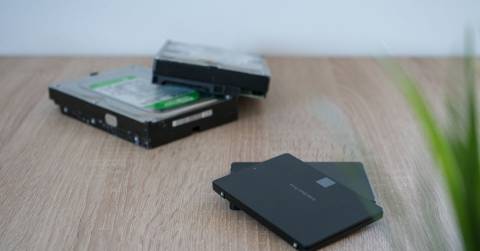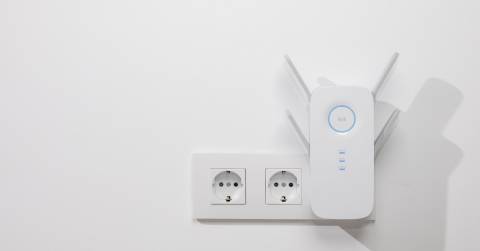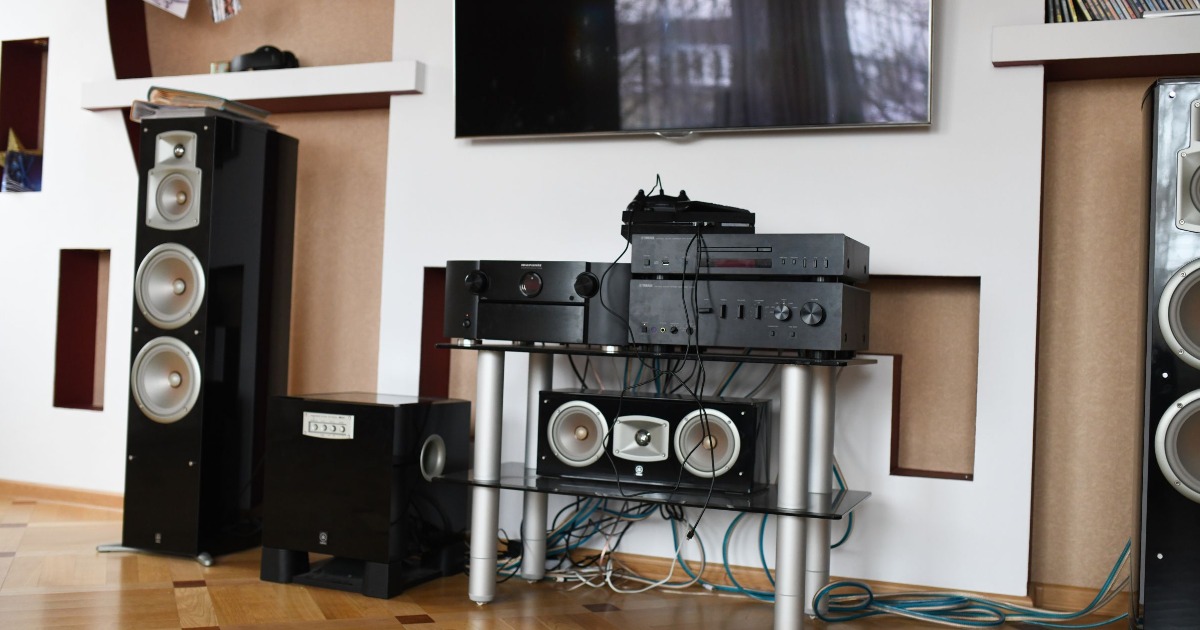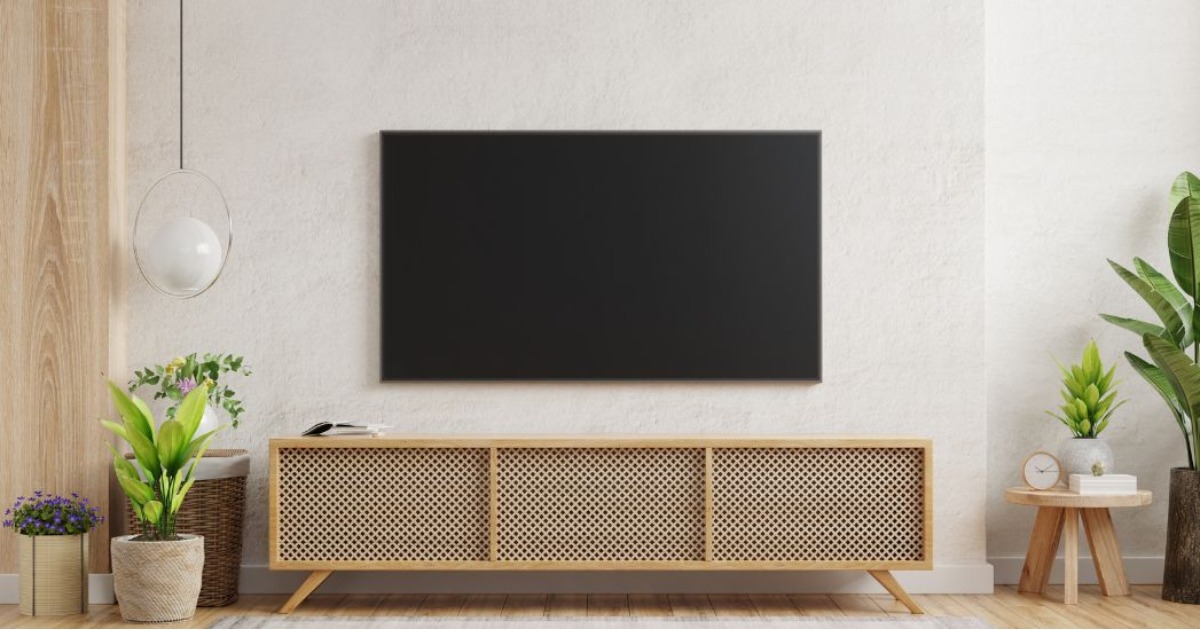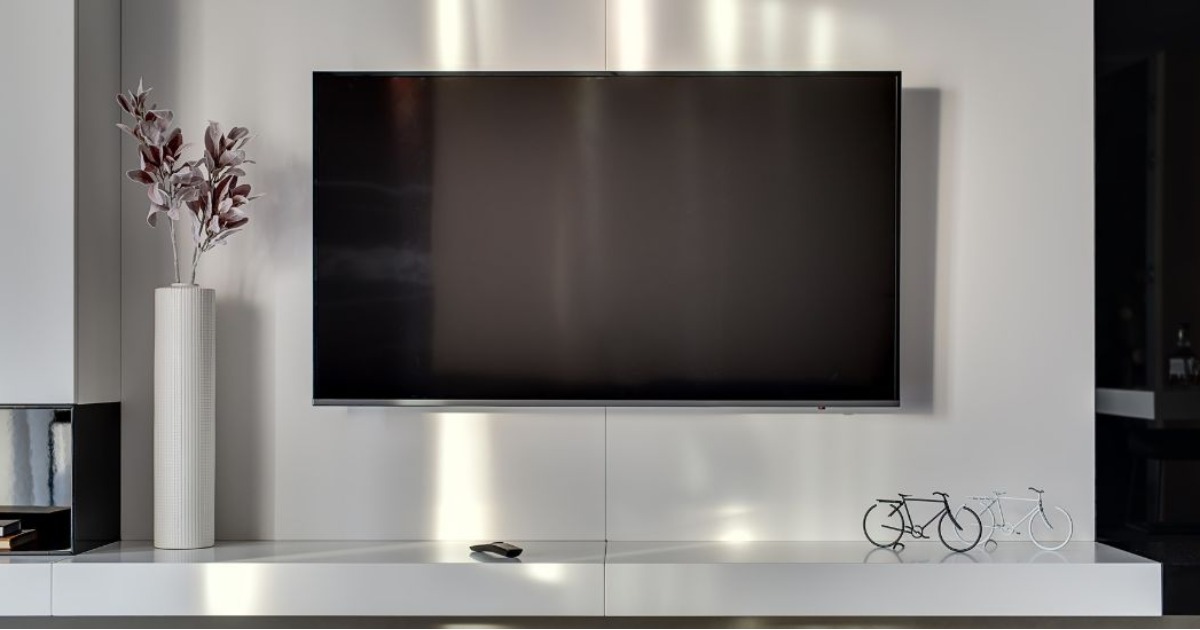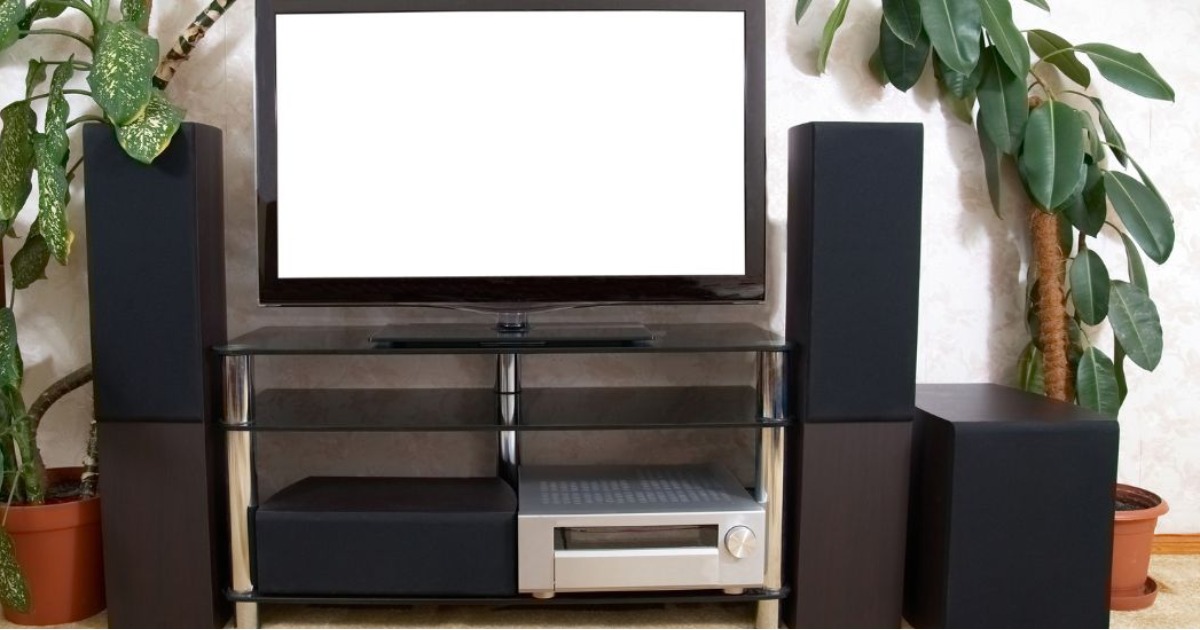The 7 Best 1080p Monitors Of 2025, Researched By Us

Summary
Dell SE2425H Monitor
PHILIPS 221V8LB 22 inch Class Thin Monitor
SAMSUNG S36GD Monitor
A good 1080p monitor remains a smart and affordable choice for most people, whether you're working from home, gaming, or just browsing the web. Full HD (1920x1080) displays offer sharp visuals and responsive performance, without the higher price tag of 1440p or 4K monitors.
To help you find the best 1080p monitors, we researched dozens of popular models from trusted brands, considering screen quality, refresh rate, connectivity, and overall value. Our goal was to identify monitors that deliver crisp image clarity, reliable performance, and ergonomic design at a reasonable price.
Our Dell SE2425H Monitor offers a well-balanced combination of image sharpness, color accuracy, and refresh rate—ideal for general use and light gaming. We also include PHILIPS 221V8LB 22 inch Class Thin Monitor with full HD clarity and fast refresh performance without pushing your budget. Since some models are better for productivity and others for play, matching your needs to the right display is key. Below are our top recommendations.
Our Top Picks
Blue light reduction technology Flicker-free TÜV certified Wide 178° viewing angle Deep contrast ratio (3000:1)
Setup instructions could be clearer
We often find ourselves juggling long hours in front of screens, which makes eye comfort non-negotiable. That’s why the Dell SE2425H caught our attention. It’s designed with ComfortView Plus, a feature aimed at reducing harmful blue light without compromising color vibrancy—something that’s crucial for anyone spending hours working or streaming. Pair that with a smooth 75Hz refresh rate and TÜV Rheinland certification, and you get a viewing experience that’s easy on the eyes and reliable throughout the day.
The 24-inch FHD display doesn’t just look good; the 3000:1 contrast ratio ensures deeper blacks and brighter whites, adding life to everything on screen. Plus, the wide 178° viewing angle means colors and clarity stay consistent even if you’re sharing the screen with friends or colleagues. The only caveat? The setup instructions could be clearer, which might slow down first-time users. Nonetheless, once up and running, this monitor feels like a comfortable choice for daily use.
Sharp Full HD resolution 100Hz refresh for smooth motion Strong contrast and color depth Wide viewing angle support
No VGA cable included
The Philips 22-inch V Line is impressive by balancing compact design with performance. Despite its modest size, it brings sharp Full HD resolution and vibrant color to the table, making it a strong pick for anyone with limited desk space who still wants a high-quality screen. This monitor also has a 100Hz refresh rate, which is smoother than the typical 60Hz you find in other budget monitors. Whether you’re watching fast-paced videos or scrolling through documents, the motion feels seamless. Add Adaptive-Sync technology into the mix, and you get fluid visuals with minimal tearing or stutter.
Furthermore, the VA panel brings excellent contrast, with deeper blacks and brighter whites than you'd expect at this price. And thanks to the wide 178° viewing angles, image quality stays consistent even if you’re not sitting directly in front of it. However, it doesn’t come with a VGA cable, so you need to buy it separately. Still, with clean design, strong visuals, and smooth performance, this Philips monitor delivers a polished experience—ideal for casual gamers, streamers, or anyone wanting crisp clarity in a small footprint.
Curved display for immersion Smooth 100Hz refresh rate TÜV-certified eye comfort tech Game mode with contrast adjustment
No built-in speakers
The Samsung S36GD curved monitor is an eye-catcher as it enters the realm of immersive displays. Its gentle curve wraps around your vision, creating a wider, more engaging view that pulls you right into your work or gameplay. The 100Hz refresh rate means action scenes and fast-paced moments stay crisp, with minimal blur or lag—a definite plus for gamers and video watchers alike.
What really impressed us is Samsung’s commitment to eye comfort. Certified by TÜV, this monitor reduces blue light and flicker, making long sessions less tiring. It also offers gaming-centric features like adjustable contrast and game modes that enhance visuals and help spot details in dark scenes. On the practical side, plugging devices directly into the monitor adds welcome convenience. One minor drawback is that it doesn't have built-in speakers, so you’ll need external audio for sound. Overall, this 1080p monitor is a good pick for those wanting a vibrant and immersive experience.
Crisp, vivid color display 120Hz smooth refresh rate Eye-care and anti-glare features VESA mount compatible
A bit slow to power on
We came across the KOORUI 24" while researching 1080p monitors that can handle both productivity and casual gaming. What impressed us right away was the IPS panel—it delivers rich, accurate colors across a wide 178° viewing angle, making collaboration or media viewing feel immersive from any seat. The 120Hz refresh rate also caught our attention; it allows for smoother transitions and better responsiveness, especially when compared to the standard 60Hz monitors in this price range.
The build is slim and stylish, offering ergonomic tilt adjustments and VESA compatibility for those who want a clean setup or wall-mount option. It also helps that it includes blue light and anti-glare technologies to keep your eyes comfortable during long work sessions. Connectivity is solid too—HDMI and audio ports make it compatible with everything from PCs to gaming consoles.
The one thing to keep in mind is that it has a slightly slow start-up time, which might be noticeable if you're in a rush. Still, once it's on, the experience is seamless and vibrant.
Vivid colors with 126% sRGB 100Hz refresh with FreeSync/G-Sync support Anti-blue light HDR support
Slight plastic trim flaw
Designed around a crisp 1080p display, the KTC Monitor leverages IPS technology to produce consistently sharp and color-accurate visuals. With a 100Hz refresh rate, it’s not just for spreadsheets — it’s fluid enough for casual gaming and fast-paced video content, too. The screen boasts a 126% sRGB gamut and factory calibration, making it a great option for creatives who care about visual fidelity. HDR support adds punch to highlights and shadows, especially when watching media or gaming.
Moreover, its FreeSync and G-Sync compatibility means fewer screen tears and smoother motion — something we usually don’t expect at this price point. Comfort isn’t an afterthought either; the anti-blue light feature helps reduce eye fatigue during long work sessions. On the downside, the bottom bezel has a minor cosmetic warp, but it doesn’t affect performance. For the price, this is a small concession. Whether you're upgrading your home office or looking for a versatile 1080p monitor for both work and play, KTC delivers more than expected.
Crisp, vibrant 1080p display Smooth 120Hz with 1ms response FreeSync for tear-free gameplay Great color accuracy (99% sRGB)
The on-screen menu is a bit obtrusive
We looked into the Acer KB272 for its balance of affordability and performance. Thanks to a fast 1ms response time and up to 120Hz refresh rate, it’s well-suited for fast-paced content—whether that’s gaming, video editing, or simply scrolling through your day. Add Adaptive-Sync support (FreeSync compatible), and you get a tear-free viewing experience that feels fluid and easy on the eyes.
Image quality is another strong point here. The IPS panel brings color accuracy with 99% sRGB coverage, which is great for users who do light design work or just enjoy vibrant visuals. And its ergonomic tilt range plus VESA mount compatibility means it can adapt to your desk setup pretty easily.
One thing we noticed in our research is that the on-screen menu and settings panel tend to occupy a noticeable chunk of the bottom-right corner. While not a dealbreaker, it can be a bit distracting when you're trying to make quick adjustments. That said, once your settings are locked in, it won’t be something you need to interact with regularly.
Smooth 100Hz, 1ms performance IPS panel with wide angles Eye care features reduce strain Sleek, frameless modern design
The stand doesn’t adjust height
For gamers or remote workers who want smoother visuals, eye-friendly features, and a clean, modern design—all without spending a fortune—the ASUS VA27EHF is a great choice. This 27-inch Full HD display uses an IPS panel for wide 178° viewing angles and vibrant colors, making it suitable for everything from long work sessions to weekend game marathons. Its 100Hz refresh rate and 1ms response time (MPRT) support Adaptive-Sync, so you will get smooth, tear-free visuals whether you’re working on spreadsheets or immersed in fast-paced games.
This product also has TÜV Rheinland-certified technologies like Low Blue Light and Flicker-Free mode that help reduce eye strain. That makes it an appealing choice for anyone spending hours in front of the screen. Unfortunately, the stand only allows for tilting and doesn’t offer height adjustment. It’s something to keep in mind if you’re particular about your ergonomic setup. In general, the ASUS VA27EHF brings a clean look and genuinely useful eye-care enhancements into a well-rounded monitor package.
What to Look For in a best 1080p monitors?
Response Time
Connections
Aspect Ratio
Brightness
Refresh Rate
Screen Size
Panel Type
Resolution
FAQs
Can I use a 1080p monitor for gaming?
Definitely. Many 1080p monitors offer high refresh rates (like 75Hz or 144Hz) and low response times, making them ideal for smooth, responsive gaming, especially on budget or mid-range gaming setups.
What should I look for when buying a 1080p monitor?
Key features include panel type (IPS for better color and angles, TN for faster response), refresh rate (60Hz is standard, 75Hz+ is better for gaming), response time, and connectivity options like HDMI or DisplayPort.
Do 1080p monitors support dual-screen setups?
Yes, 1080p monitors are a great option for dual- or multi-monitor setups. Their resolution is easy on most graphics cards, and their affordable price makes it cost-effective to use two or more.
Conclusion
So, what's the easiest approach to get the best 1080p monitors you need quickly? You may use what we know about cognitive neuroscience concepts in your marketing approach.
When choosing the ideal product, you must have a clear idea of what you want in terms of price, quality, and function. If you don’t like any model in this list, then the ASUS VA27EHF 27 Inch Monitor will be your new buddy.












